amino acids
In the medical field, the smallest building blocks of proteins are called amino acids. To build proteins (synonym: proteins), the amino acids are therefore absolutely necessary. Furthermore, amino acids are needed for the synthesis of enzymes and for the formation of certain messenger substances. Chemically speaking, amino acids are a group of compounds characterized by the fact that they each have at least one amino group (-NH2) and one carboxyl group (COOH) in their structure. In the world, there are about 400 known amino acids that occur naturally. The human organism requires about 20 amino acids for various processes and assembly in the body. These are therefore called proteinogenic amino acids. Usually the proteinogenic amino acids are meant when speaking of amino acids in general. The 20 proteinogenic amino acids all have at least two carbon atoms (C); based on the carbon atom to which the amino group is attached, the amino acids are divided into classes.
In the case of amino acids containing several amino groups, class membership is determined by the carbon atom whose amino group is spatially closest to the carboxyl group. Following this classification, three groups of amino acids are distinguished:
- Alpha-amino acids: Here, the amino group is found at the second carbon atom. A simple example and important representative of the alpha-amino acids is glycine, an amino acid with a very simple structure. All proteinogenic amino acids are assigned to the alpha-amino acids, which means that all human proteins are made up of alpha-amino acids.
- Beta-amino acids: In beta-amino acids, the amino group is located at the third carbon atom.
- Gamma-amino acids: Gamma-amino acids are defined by the fact that the amino group is attached to the fourth carbon atom. Thus, chemically, gamma-amino acids differ significantly from proteinogenic amino acids. Gamma-amino acids are not used by the human body to build proteins, so gamma-amino acids are not proteinogenic amino acids. However, some amino acids in this class are found in humans. For example, gamma-aminobutyric acid (GABA) is a neurotransmitter in the brain.
If one looks at the molecular structure of the amino acids of all three classes, one finds a very similar structure. However, certain differences in structure distinguish them in their behaviour in acidic and basic environments. The respective behaviour is determined by the structure of the side chains of the amino acids. The amino acids of one class all differ in the structure of their side chain.
The amino acids that the human organism needs to build proteins (=proteins), i.e. that are proteinogenic, can only be partially synthesized by the body itself (i.e. composed of raw materials). The amino acids that the body cannot synthesize itself are called essential amino acids. They must necessarily be supplied through the diet. The following amino acids are essential for adults: leucine, isoleucine, methionine, threonine, valine, lysine, phenylalanine and tryptophan. Cysteine is a special case, since it can actually be synthesized by the body itself, but because it is an indispensable source of sulphur, it must still be supplied. For the immature human organism (i.e. infants), histidine and arginine are still essential. In order to produce proteins from amino acids, certain enzymes are required. These enzymes place the amino acids in chains one after the other. The sequence of the different amino acids is different for each protein and determines the function and the field of application of the finished protein. The sequence in which the amino acids are assembled is determined by the DNA.
The body therefore needs a steady supply of the essential amino acids to stay healthy. A balanced diet is important for this. In the case of malnutrition, muscle loss can occur and the person loses weight. This happens because the body releases amino acids from existing muscle mass to gain energy. Furthermore, stress and chronic diseases can lead to a lack of amino acids, possible consequences of which are fatigue and an increased susceptibility to infections.
If, on the other hand, you want to build up additional muscle mass, your body is particularly dependent on sufficient amino acid nutrition. As a competitive athlete, you should therefore make sure that you eat a healthy diet and take in enough amino acids. Certain foods contain amino acids, and you should adjust your diet accordingly, especially as a competitive athlete.
Competitive athletes in particular should plan their diet in order to achieve the desired athletic results. To quickly build muscle mass, it can be useful to supplement a healthy diet with amino acid supplements. Such preparations should only be taken when the maximum success to be achieved through training and diet has already been exhausted. Amino acid supplements can never replace a healthy diet and a smart training plan. However, one can achieve good results by combining diet, training and amino acid supplements. Optimally, amino acids should be taken immediately after training. This is because after training, which is a heavy load phase, the body can absorb many more amino acids into the muscles than normal. If during the resting phase the amino acid concentration is high, the body can build muscles more easily. Furthermore, amino acid supplements can also be taken shortly before training, as they cause a hormone release here that reduces the occurrence of fatigue during training and accelerates muscle building.
In general, one should seek advice and generally be cautious about taking muscle building supplements. If you have taken amino acids, you should always drink plenty of water as well, since excess amino acids are excreted by the kidneys in the urine. Plenty of fluid supports the kidneys in their activity and thus avoids overload and damage to the kidneys.
More interesting products...
-
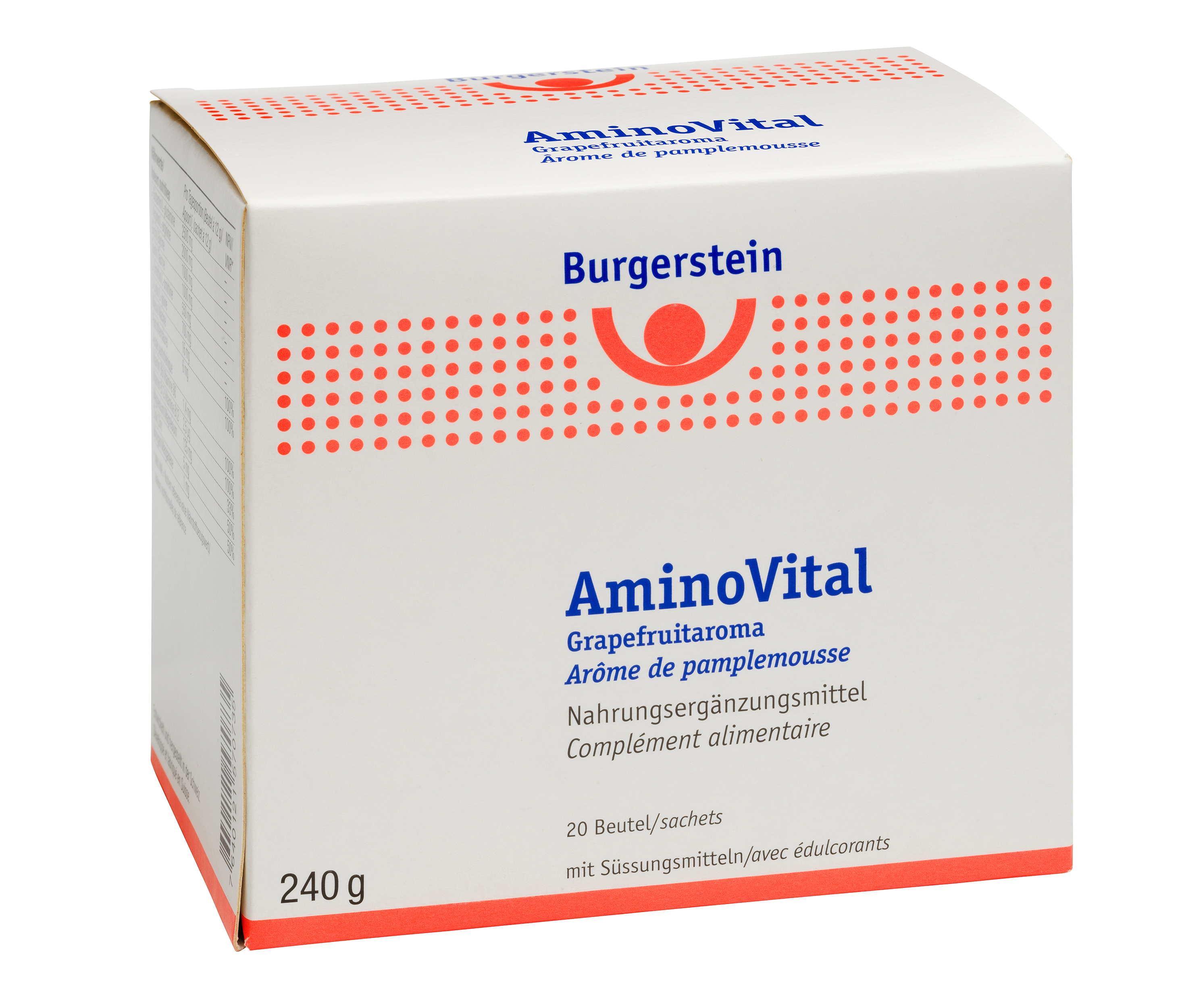
AminoVital
check product -
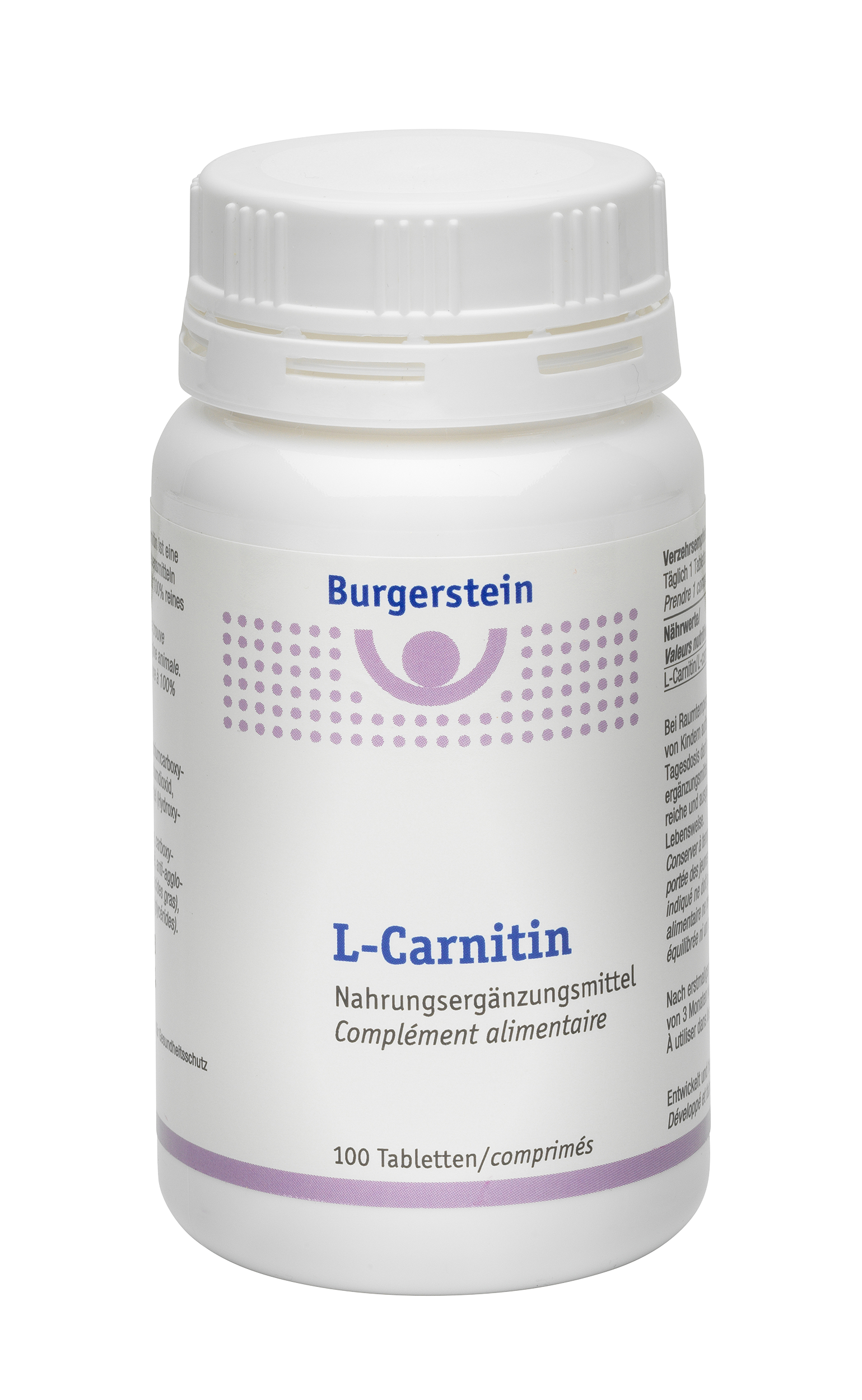
L-Carnitine 600 mg
check product -
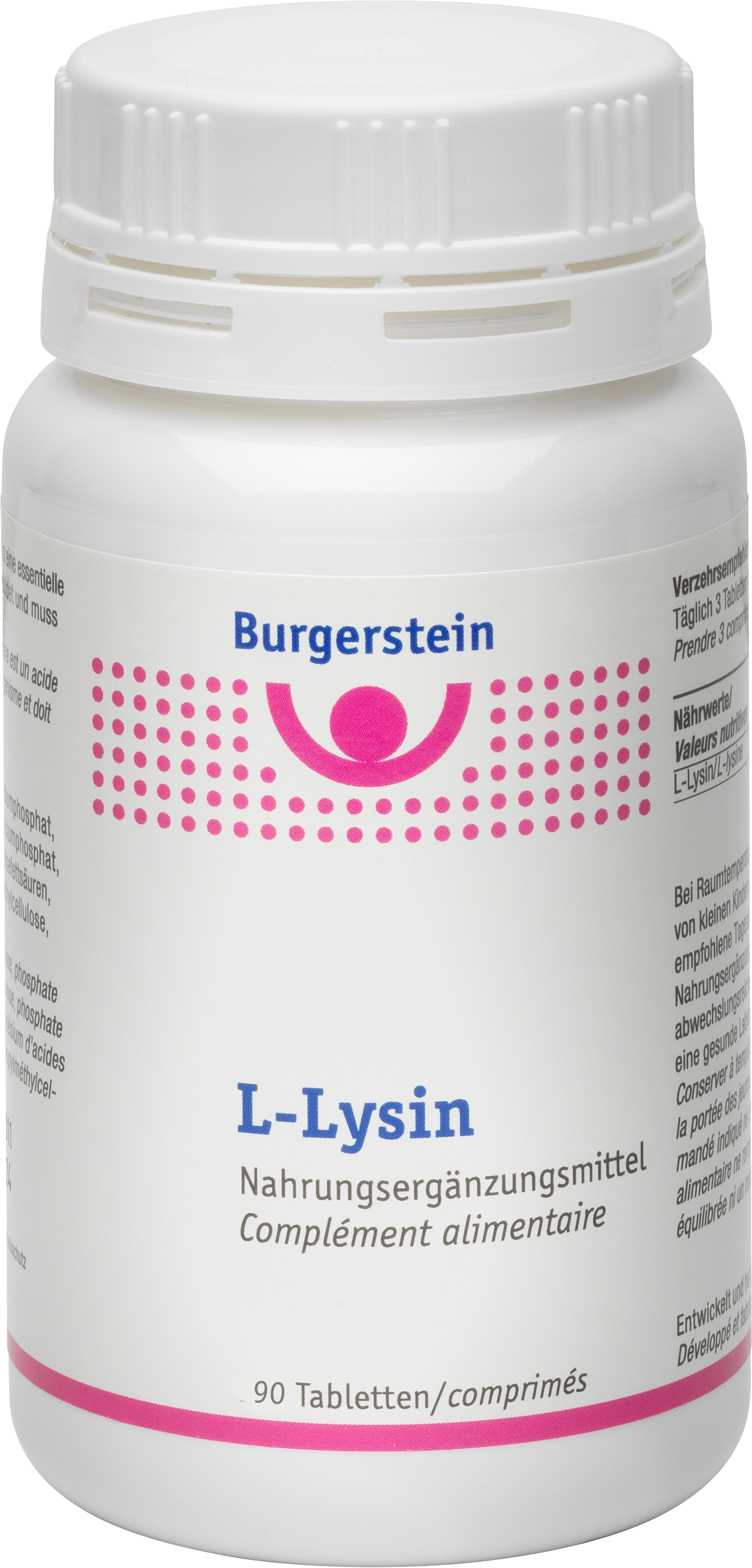
L-Lysine 500 mg
check product -
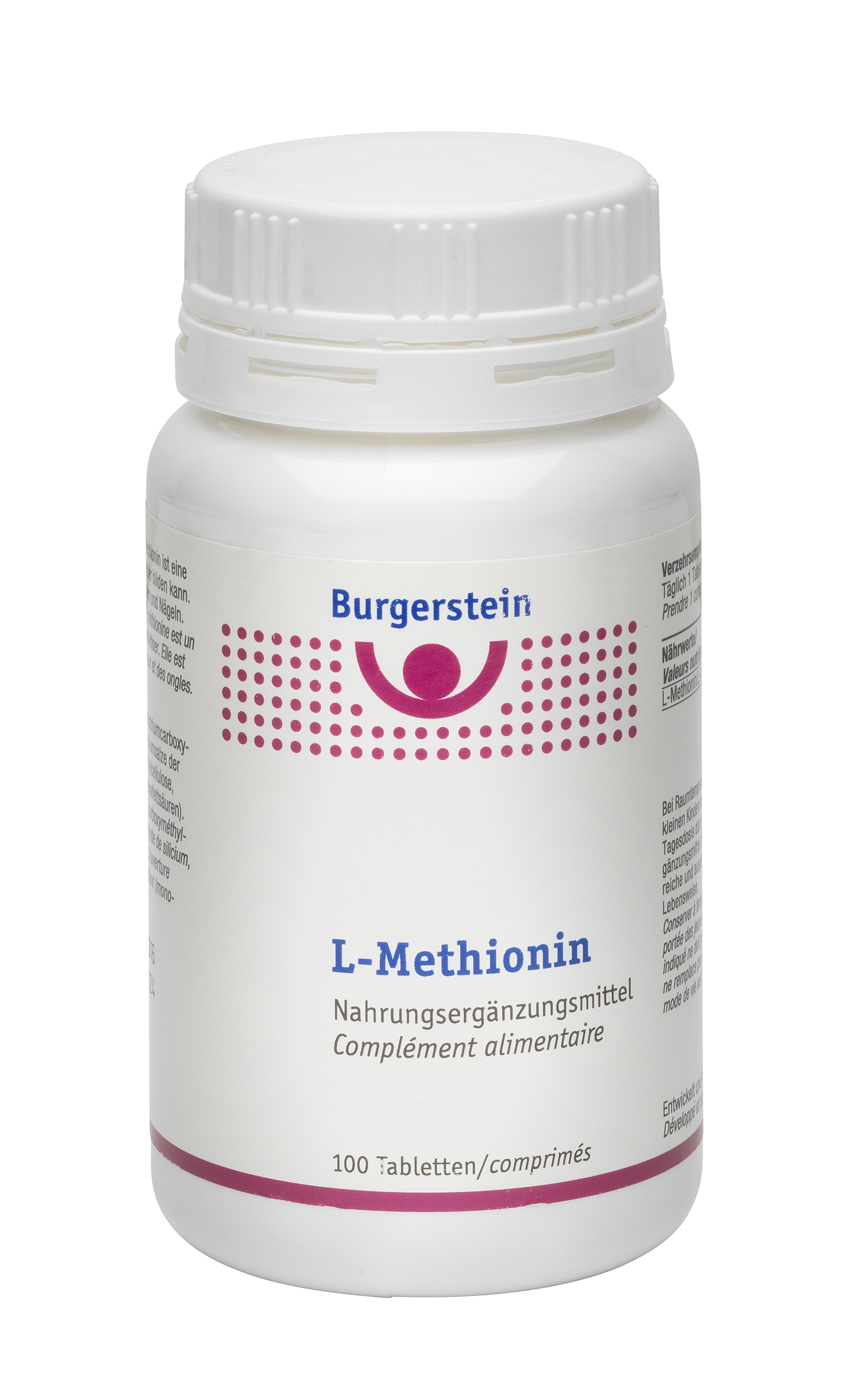
L-Methionine 500 mg
check product -
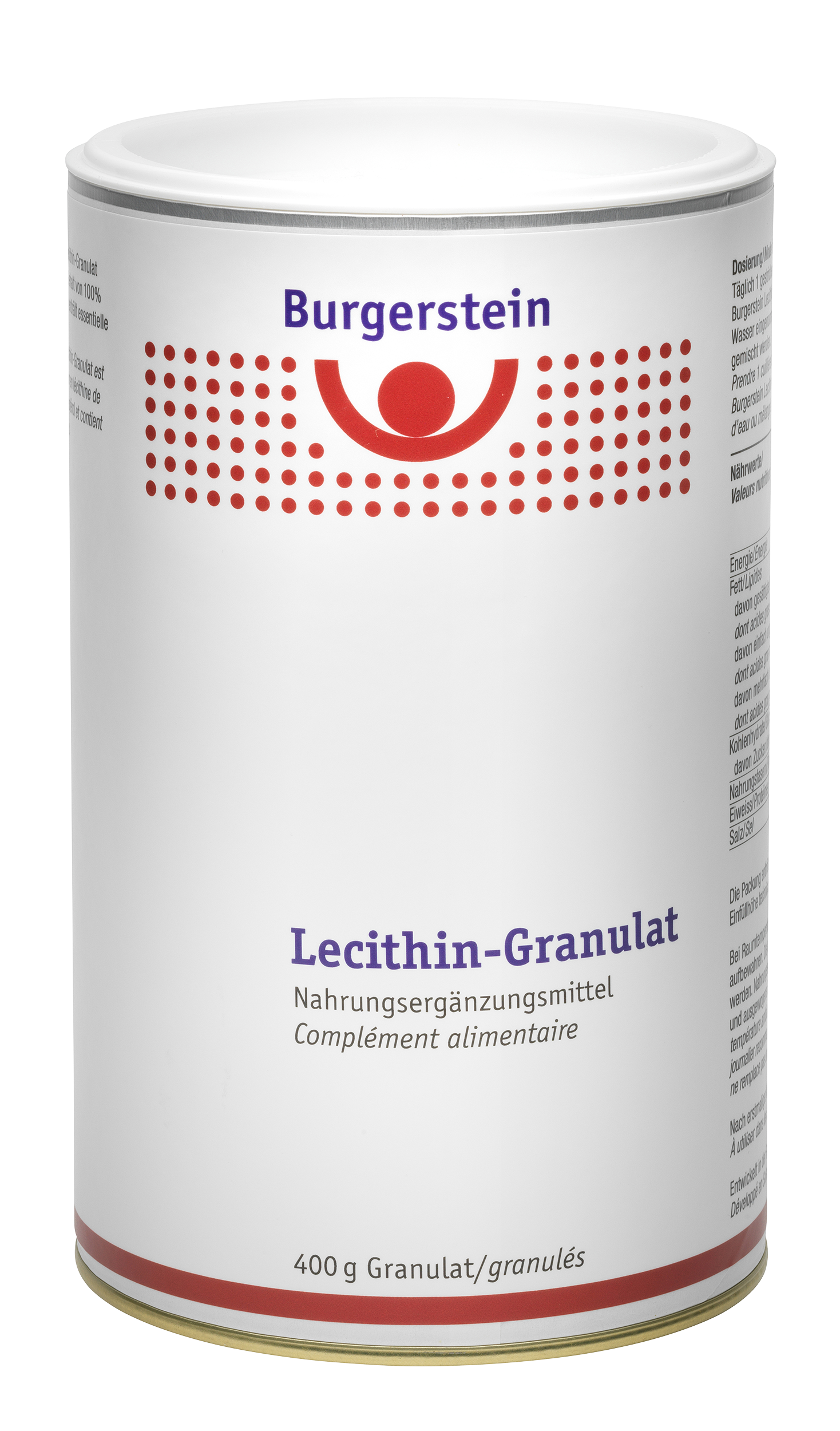
Lecithin-Granulat
check product


